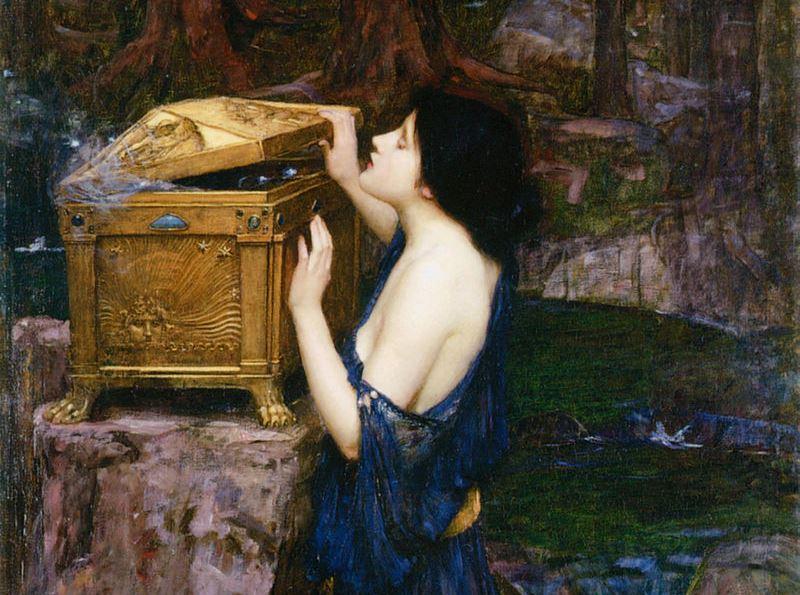From time to time, humanity is dealt a hardship that is impossible to ignore. As the world currently deals with how to navigate the woes of the pandemic, I am left asking: What brought us here, and how might we deal with it?
The Tale of Pandora
In framing this question, I came upon the tale of Pandora. Pandora’s tale, as told by Hesiod in his “Work and Days,” starts with the Titan Prometheus, who creates humans and steals the magic of fire from the gods and gives it to humans.Zeus, angered by the theft, punishes Prometheus by having him chained to a rock, where an eagle will forever daily peck away at his liver. Zeus is dismayed that humans have the magic of the gods without their first proving themselves worthy. He decides that they must experience some type of loss in relation to having gained the blessings of fire.





